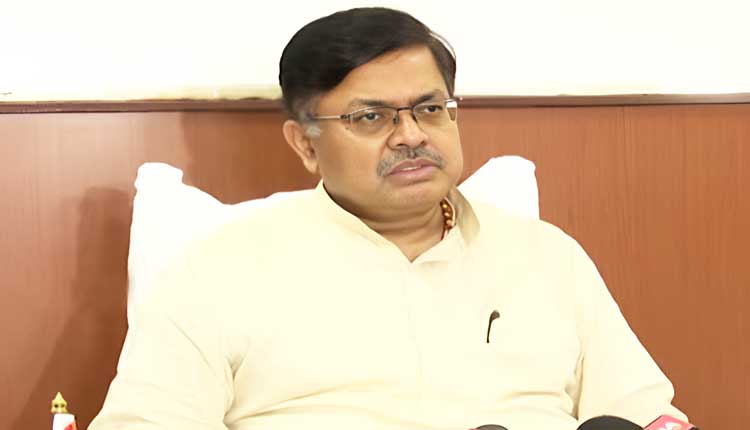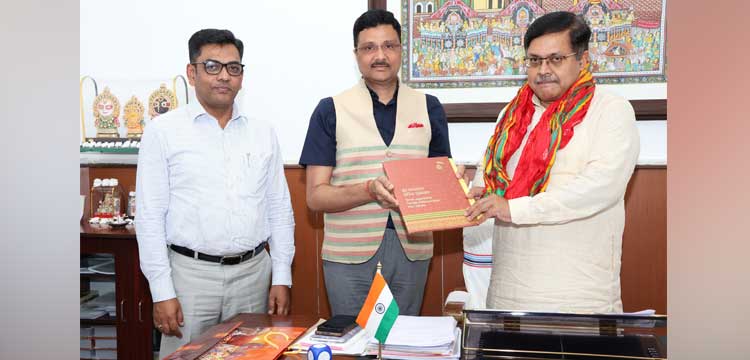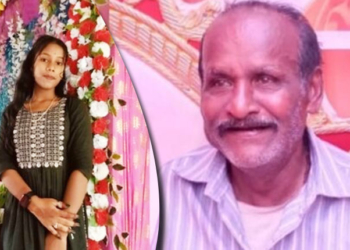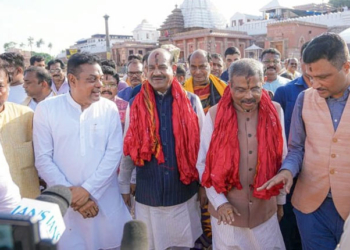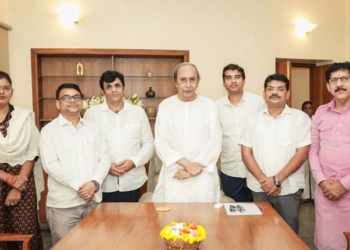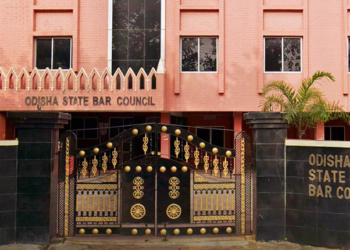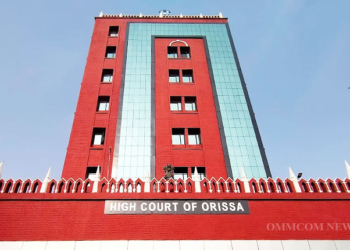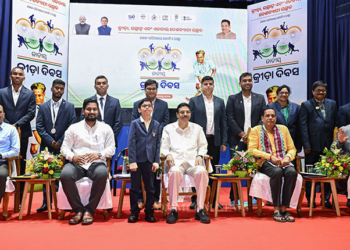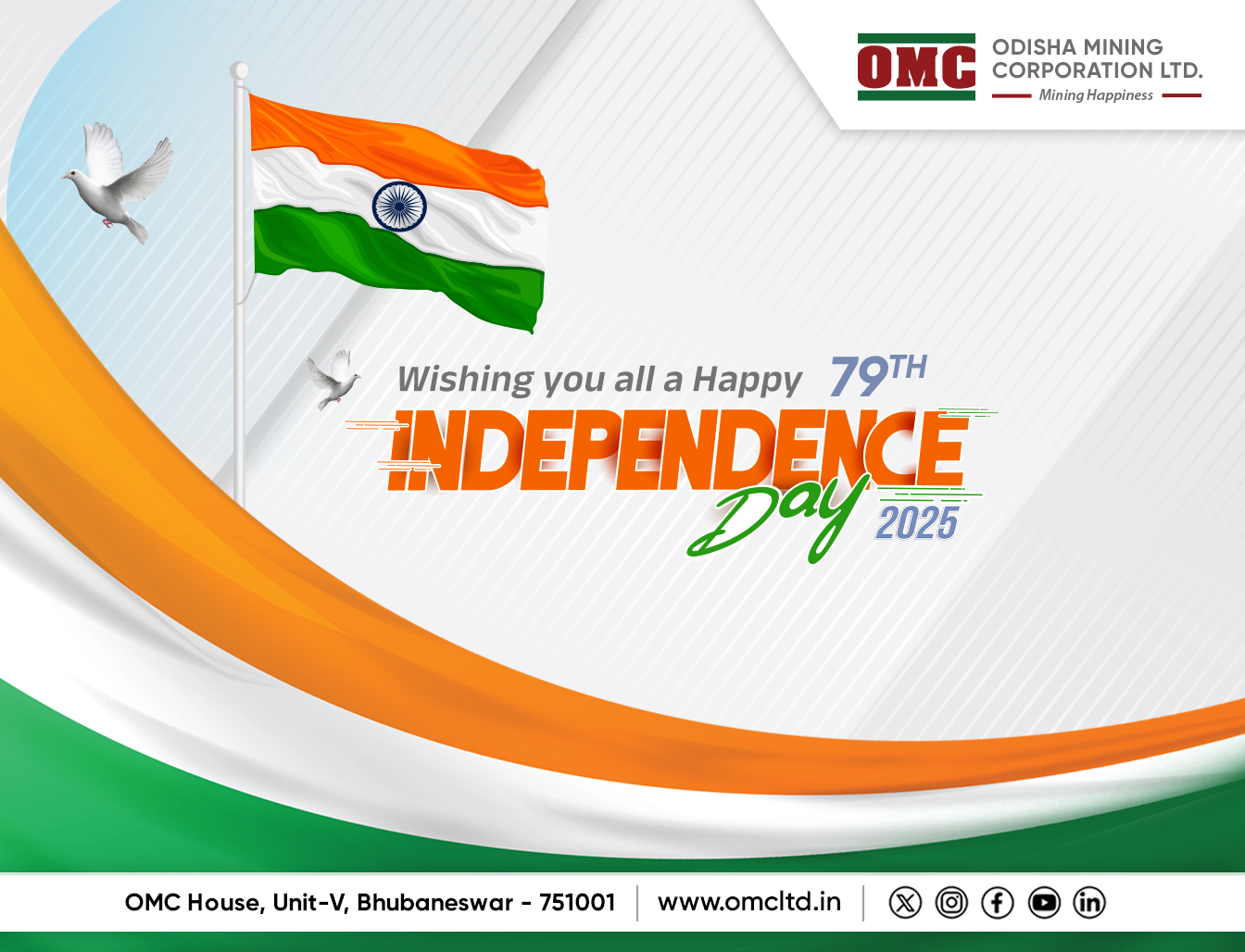Bhubaneswar: Odisha Law Minister Prithiviraj Harichandan on Monday clarified that the idols at the Digha Jagannath Temple were not carved from surplus Daaru (sacred neem wood) originally used in the making of deities at the Puri Jagannath Temple during Nabakalebara.
Speaking to the media following discussions with officials from the Shree Jagannatha Temple Administration (SJTA), Puri, the Law Minister stated, “The allegation regarding the use of surplus Daaru or sacred neem wood in the carving of the deities at the Digha Jagannath Temple has been found to be false upon inquiry. The Maharana Sevaks (carpenter servitors) confirmed during discussions that it is impossible to carve a 2.5-foot idol from the surplus sacred Daaru.”
He further informed that Ramakrushna Das Mahapatra, Secretary of the Daitapati Nijoga—who was summoned to appear before the SJTA—clarified in his submission that the surplus Daaru from Puri was not used in crafting the Digha temple idols.
“Mahapatra stated that the idols at the Digha Jagannath Temple were made from a neem tree by a sculptor named Sudarshan Maharana, based in Bhubaneswar. No surplus Daaru wood was used in the making of these idols. Sudarshan Maharana himself confirmed that he had carved the idols,” Harichandan added.
The senior servitor also described his earlier claim—that the idols at Digha Temple were made from Puri’s sacred surplus Daaru—as a “slip of the tongue” and said it was not meant to hurt the sentiments of devotees.
However, under the provisions of the Temple Act, the temple administration has directed Mahapatra to submit a detailed explanation on the matter within seven days.
The Law Minister further clarified that if Mahapatra’s explanation is deemed unsatisfactory, the SJTA will take action against him as per temple regulations.
“The state government will request the West Bengal government to refrain from using the term ‘Dham’ or referring to the sea beach at Digha as ‘Mahodadhi’. We will write to the West Bengal government in this regard. If our request is ignored, we will explore legal options through further discussion,” the Law Minister added.
He also remarked that these issues stem from a poor decision taken by the then state government in 1995–96, which allowed the storage of surplus Daaru wood in a room allocated to Daitapati servitors.
“As per the temple’s Record of Rights, surplus Daaru wood should be stored in a designated room (Daaru Gruha) inside the temple premises,” he explained.
Harichandan informed the media that a five-member committee has been constituted by the temple administration to compile a detailed inventory of all sacred Daaru wood currently stored in both the Daaru Gruha and the room of the Daitapati servitor.
Eventually, all surplus Daaru will be relocated to the Daaru Gruha, and no wood will be stored elsewhere.
The Law Minister also announced that the temple administration will soon distribute a set of guidelines to Jagannath Temples across India and abroad. These guidelines will outline specifications to be followed during temple construction, as well as during daily and special rituals and pujas.
The Chhatisa Nijoga (chief body of the 36 traditional categories of sevakas) and the Mukti Mandap Pandit Sabha will be requested to assist in drafting these guidelines.
Additionally, the temple administration will prepare Standard Operating Procedures (SOPs) for sevaks regarding how rituals and pujas related to the Puri Jagannath Temple should be communicated to media personnel.
Moreover, the temple administration has issued a show-cause notice to senior Daitapati servitor Ramakrushna Dasmahapatra following a complaint regarding his alleged remarks on the construction of idols at a newly built temple in Digha, West Bengal.
According to an official press release, Dasmahapatra has been asked to submit a written explanation within seven days. The administration stated that failure to respond satisfactorily within the stipulated timeframe will invite disciplinary action under the provisions of the Shree Jagannath Temple Act, 1955.
The report was submitted on behalf of the temple administration in the presence of Manas Ranjan Barik, Principal Secretary of the Law Department; Additional Secretary Bibhu Prasad Panda; and Shiba Prasad Mohapatra.




